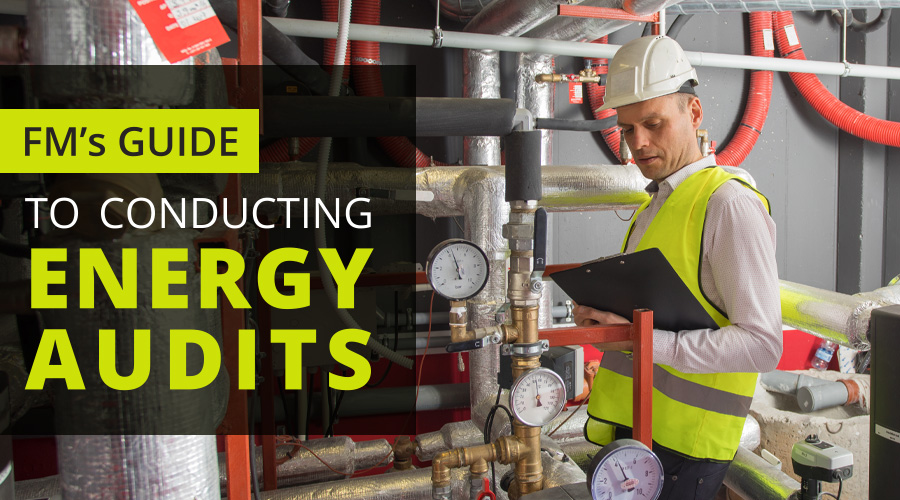Energy and other utility costs are often the most expensive part of running a business — second only to human resources (wages and benefits). Conducting an energy audit, also called an energy analysis or commercial energy assessment, is the first step toward reducing Cost of Ownership and improving the bottom line. A building owner or facility manager may be able to address the results of the energy audit without much intervention.
In this webcast, Jim Newman, Managing Partner Newman Consulting Group, discusses the important aspects of energy audit and how to take the information provided during the audit to actionable projects that can save you significant money and energy use.
Here’s a preview:
Let's get into energy audits. ASHRAE has really three levels of energy audits, but they also have a preliminary type of energy audit which is basically when your auditor goes in there and looks at the utility bills. Now think about how you as a facility manager or a building owner pay your utility bills. Typically, if you're typical, the utility bill comes in, goes to the accounts payable department, and they pay it.
It's a utility bill. What are you going to do? You're going to look at it. You're going to get some information from it they can't. But your building engineers and those of you who are facility managers, you can you look at the bill. Unfortunately, it's now typically more than a month old by the time you might see it. So it tells you how you did this or how you did month, how you typically did last month, and typically most electric utility bills and gas will compare what it was like for the 12 months of the 12 preceding months and for the year as a whole from last year to this year. So you can look at that, but still the bill that you're looking at is a month old. And if you have a terrible spike in it — and that does happen for whatever reason — if you can't determine what that spike is, what good does the bill do you? You still have to pay that higher bill.
So ASHRAE has these three levels of energy on it. Number one is a walk-through analysis where we walk through a building and we look at what's going on in the building. We perhaps open up some doors in the air handling units, look at some of the basic building systems. We look at VFD drives — and we'll talk about that in a little bit more detail soon — to see where they're operating, if it's summer or winter level.
Number two is the one that is probably the most useful level if you have somebody come in and do a walk-through analysis. Quite often we will tell people, “well you know what? How about skipping the actual walk-through analysis and not have a report. Let's talk about it because we usually meet with the people.”
We always meet with the people not usually after we finish a walk-through analysis because it's usually only an hour, an hour and a half, and it doesn't cost very much for an hour or an hour and a half and you get some information. Basically we tell you what we found that really need to be looked at further, which is what's done in a level two analysis. There we do a very thorough analysis. We do a very thorough analysis and I mean a very thorough survey and a very thorough analysis. We give you a lot of things that you can do to your systems in the building and we also give you 10 things to do. We might combine and we'll give you 10 things separately and they cost this and they pay back that. But if you combine number one and number four here's the cost which might be less and here's the payback period which might be less and usually is.





